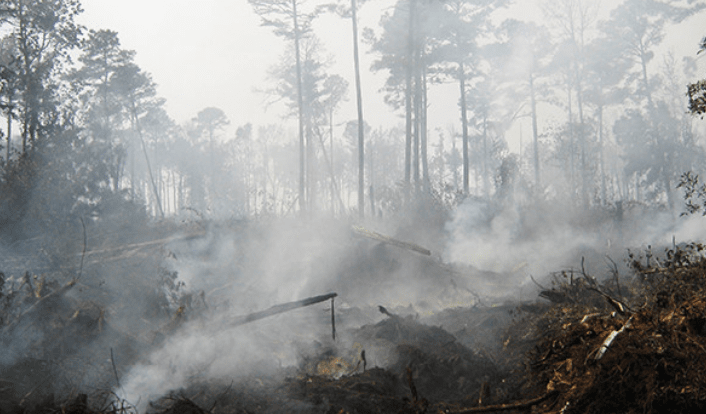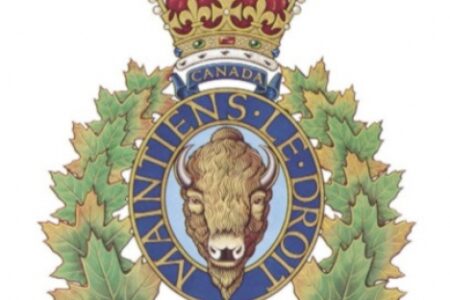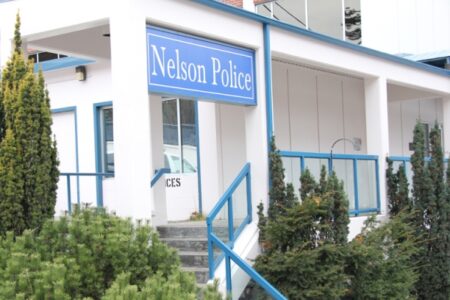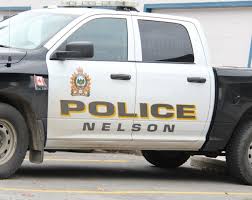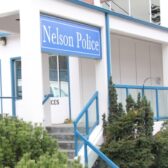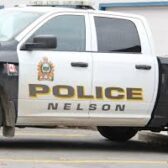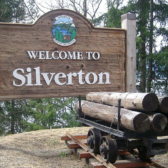Burning ban, state of emergency ends to signal final stages of wildfire season
People can light them if they got them as the burning ban has been lifted in most of the rural West Kootenay region.
As of late last week open burning is permitted in several fire zones, including Kootenay Lake — which contains Nelson and the Slocan Valley — Arrow, Columbia, Invermere and Cranbrook.
The lifting of the ban — which had been in place for nearly three months — unofficially signals the end of the wildfire season in the region.
In delivering the decree, the BC Wildfire Service considered the needs of people to clear yard waste with potential for human-caused wildfires.
“With recent and forecast weather conditions that include cooler temperatures, and higher humidity, the fire danger rating has dropped throughout most of the Southeast Fire Centre,” noted Kim Wright, communications officer with the fire centre.
The signal is a sigh of relief for urban and rural residents in the Regional District of Central Kootenay. Smoke, wildfire, heat and drought combined to create one of the more difficult summers in recent memory in the RDCK, with 357 fires consuming 77,089 hectares since March 31.
Currently, there are no wildfires of note — wildfires which are highly visible or which pose a potential threat to public safety — burning in the Southeast Fire Centre.
The lifting of the burning ban does not, however, concern those nestled in the confines of the City of Nelson municipal boundaries. The city has an ongoing backyard burning ban in place, lifting it only at select times of the year at the discretion of the Nelson Fire Rescue chief.
A limited backyard burn, usually in spring, is normally offered to “mitigate build-up of hard to remove fuel,” but it is not a guaranteed annual occurrence.
Permit to burn
When backyard burning is allowed, citizens must come to the Nelson Fire Hall to apply for a temporary burn permit.
Burning without a permit may result in a fine or a fee for service.
People must meet certain basic safety and burn material requirements prior to a permit being issued to an address.
Once a permit has been issued, owners must call the fire hall prior to lighting their pile of yard debris. This helps establish if the day’s conditions are favourable for burning, and helps avoid the arrival of a fire truck to your address.
There is a $10 fee for the permit, payable by cash or cheque at the fire hall.
Source: City of Nelson
Open burning will remain prohibited in the Boundary fire zone, an area still relatively untouched by the late summer early fall rain that has graced the West Kootenay.
Open burning is not without a set of rules. People who do open burning need to be aware of local conditions that might impact the ability to burn safely and control their open fires.
“Anyone who lights an open fire must also comply with B.C.’s air quality control legislation,” said Wright, adding that air quality was poor, rising to fair early this week in the Nelson/Castlegar region.
People can check the local venting index by calling 1-888-281-2992 or visiting: http://www.env.gov.bc.ca/epd/epdpa/venting/venting.html
Burning questions
The BC Wildfire Service recommends the following precautions with any allowed outdoor burning:
• Ensure that enough people, water and tools are on hand to control the fire and stop it escaping.
• Do not burn in windy conditions. The weather can change quickly, and wind may carry embers to other combustible material and start new fires.
• Create a fire guard around the planned fire site by clearing away twigs, grass, leaves and other combustible material right down to the soil.
• Never leave a fire unattended.
• Make sure that your fire is fully extinguished and the ashes are cold to the touch before leaving the area for any length of time.
Source: Southeast Fire Centre
Emergency averted
Also ending last week was the provincial state of emergency, enacted July 20 to support wildfire response.
“Cooler seasonal weather and precipitation, combined with the hard work of firefighters from B.C., Canada and abroad to contain and extinguish fires, means that B.C. can allow the state of emergency to end and return to a standard emergency response,” noted a release from the Ministry of Public Safety.
Nearly two months ago the state of emergency was declared to ensure a “co-ordinated response to wildfire activity and to ensure public safety in the province.” As the hot and dry weather continued into late August it was extended three times.
The wildfire season has not been declared over throughout the province as a whole, with 205 wildfires burning in B.C., and three evacuation orders still in place — affecting approximately 223 properties — and 12 evacuation alerts affecting approximately 254 properties.
For the 2021 fire season in B.C., 1,585 wildfires burned 868,619 hectares.
“At the height of the summer, 3,631 personnel were helping fight the fires, including support from Mexico, Australia and across Canada,” noted a provincial release on the fire season. “Approximately 32,000 people were displaced, and 19,807 people registered with Emergency Support Services.”



